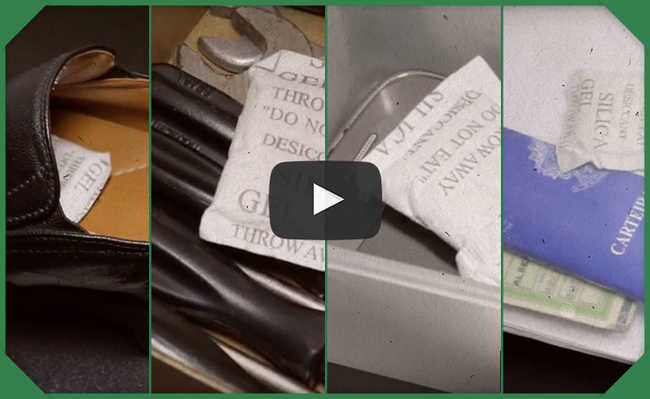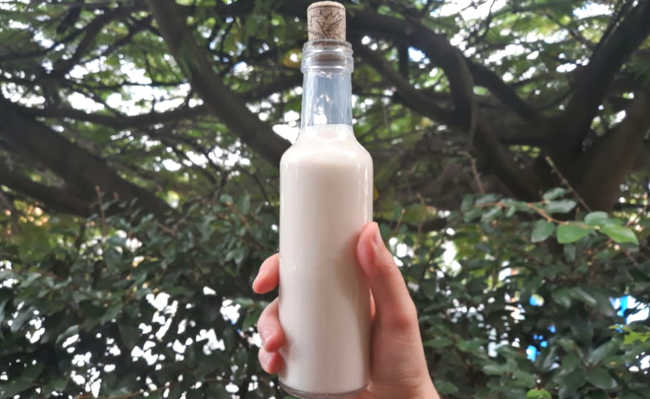Low carbon agriculture: is it enough?
Low carbon agriculture emerges as a less impactful alternative, but it is necessary to go beyond

Edited and resized image of Roman Synkevych, is available on Unsplash
Food production is one of the sectors of the economy that contributes the most to global warming. According to 2010 data from the World Bank, agricultural activities are responsible, on average, for 43% of methane gas (CH4) emissions and 67% of nitrous oxide (N²O) emissions. In Brazil alone, these substances account for 74% and 80% of emissions, respectively. In addition, the heavy use of fertilizers and pesticides and extensive monocultures have contributed to water scarcity and soil deterioration.
Faced with this worrying scenario, low-carbon agriculture emerges as an alternative in an attempt to minimize the environmental impact of this economic activity. But it does not touch one of the essential issues of sustainable development: the reduction in the consumption of animal products.
Understanding low carbon agriculture
Low-carbon agriculture proposes an integrated crop-livestock-forest (iLPF) system which, as the name says, is the mixture of plantations, animal husbandry, and forest cover in the same space. The combination of this technique with the no-tillage system (SPD) is one of the practices of this model.
SPD consists of processes such as lesser mobilization of land and permanent maintenance of the soil surface to prevent some of its erosion; diversification of cultivated species (which alleviates soil poverty); and the reduction of time between harvesting and sowing, in order to guarantee the conservation of water and soil.
iLPF can be done in three ways. Consortium, when the planting is done among native vegetation or among other vegetables already planted. It can also be done based on rotation, cultivating different species in specific cycles throughout the year, and finally, in succession, with the cultivation of different crops without taking into account the type of plants, or the purpose of land use .
As mentioned earlier, the objective of this practice is to avoid the scarcity of water resources and soil erosion, ensure greater efficiency in the carbon and nitrogen fixation process, guaranteed by the different land uses, the maintenance of biodiversity in the region and the reduction of emissions of greenhouse gases.
Nitrogen fixation
The nitrogen fixation process (NFP) is important to guarantee one of the most important nutrients for plant growth and development. Normally, it is done through the use of fertilizers, which cause a series of environmental problems, such as the emission of nitrous oxide (N²O), the loss of nutrients and soil biodiversity and the contamination of rivers, lakes, springs and groundwater, among others (to learn more about organic and inorganic fertilizers and the problems their use entails, read our special article on the subject).
The Brazilian Research and Agricultural Company (Embrapa) offers some alternative options to guarantee the NFP. One of them is directly linked to iLPF. The succession and rotation among legumes, which thanks to their association with bacteria that guarantee the natural fixation of nitrogen and enrich the soil for the next crops, and other types of plants, is a possibility. Another is the intercropping, with simultaneous cultivation of legumes and other species.
The use of specific bacteria, more efficient in the NFP, is also possible. Commercially known as inoculants, they associate with plant roots, contributing to increased soil productivity. Already inoculated seeds are also commercially available. Embrapa is carrying out studies on a new inoculant, made up of five types of bacteria, which will increase sugarcane productivity.
Greenhouse gases
The planting of fast-growing forest species, such as eucalyptus and different types of pine, has been identified as an alternative. The wood from this type of culture can be used in the manufacture of paper, furniture, building materials and much more. Even though it is not a 100% sustainable option, as it is not a native species and does not contribute to socio-biodiversity, planting contributes to the capture of carbon dioxide (CO²) present in the atmosphere.
Another interesting way to reduce the effects of global warming is the treatment of animal waste through the use of biodigesters. In it, the animals' feces are treated in an anaerobic environment (without oxygen), where they are transformed into biogas and fertilizer.
Biogas, basically formed by carbon dioxide (CO²) and methane (CH4), can be used in the generation of electrical, thermal or mechanical energy, reducing both farmers' expenses and the emission of greenhouse gases (to learn more details about the biodigestion process, read our special article on the subject).
The replacement of diesel used in agricultural machinery by biodiesel is another alternative. Despite not zeroing CO² emissions, biodiesel is a renewable and less polluting source of energy. A similar initiative is gaining traction in the air transport sector, where large companies have been investing in the development and use of biofuels.
Is it a real contribution to sustainable agriculture?
Brazil is one of the main agricultural frontiers in the world and, consequently, will be one of the main responsible for the production of commodities and food. According to the UN, the total number of inhabitants on the planet should reach nine billion people by 2050. It is a warning of the importance and seriousness of this matter. Low-carbon agriculture can be considered less harmful, but it is necessary to go further. Scientists are already warning that it is necessary to drastically reduce the consumption of animal products. Furthermore, real sustainable development must include socio-biodiversity. Thus, agroecology is an alternative that is more congruent with the idea of environmental sustainability, as it includes the energy, social and environmental dimensions, not prioritizing profit generation but food sovereignty.










